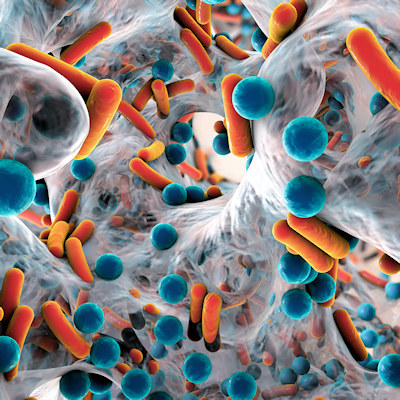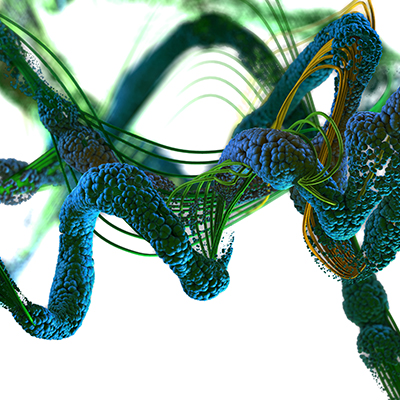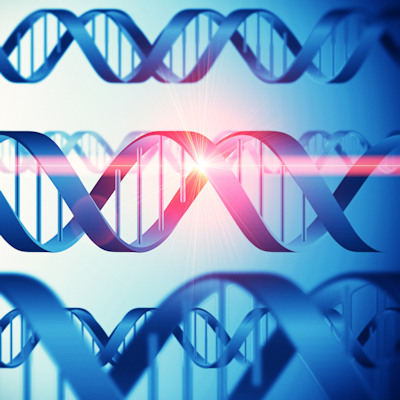December 12, 2022 -- Japanese researchers have discovered a new mechanism to allosterically inhibit a respiratory chain enzyme widely conserved across species. The research, published December 8 in the journal Nature Communications, identified an antibiotic effective against a drug-resistant strain of Neisseria gonorrhoeae based on their findings.
Antimicrobial resistance (AMR) is a global health problem which could make drug-resistant pathogens untreatable. Despite efforts to reduce AMR levels, threats continue to rise. One such threat is the bacterium N. gonorrhoeae; infection results in gonorrhea, a sexually transmitted disease.
Resistance to ceftriaxone, often the last antibiotic option against N. gonorrhoeae, has emerged globally. Complications arising from untreatable gonorrhea include infertility, ectopic pregnancy, HIV transmission, and neonatal keratoconjunctivitis, which leads to blindness.
The emergence of resistant pathogens calls for the development of novel antibiotics. The respiratory chain has recently garnered attention as a potential antibiotic target. Since respiratory enzymes are essential for life, the substrate binding pocket surface is similar across species; therefore, developing a competitive inhibitor for this pocket is challenging.
Another enzyme inhibitor, an allosteric inhibitor, causes a structural enzyme change, leading to inhibition of its activity. Allosteric sites are evolutionarily less conserved than substrate binding sites, potentially improving selectivity and reducing toxicity.
The team identified an allosteric inhibitory site buried inside mammalian mitochondrial heme-copper oxidases (mtHCOs), essential respiratory enzymes. The steric conformation around HCOs' binding pocket is highly conserved among bacteria and mammals; however, the existence of an additional helix in mammalian mtHcO makes their pocket surfaces distinct from bacterial HCOs. This structural difference enabled researchers to identify bacterial HCO-specific inhibitors including an antibiotic compound, Q275, that are effective against ceftriaxone-resistant N. gonorrhoeae.
Enzymes generally acquire additional subunits during molecular evolution, larger in eukaryotes than their bacterial counterparts. They could contain allostery inside the protein at the boundary of the structures between eukaryotes and bacteria, leading to the development of novel antibiotics. Any molecule essential for life and conserved among species may be a potential target.
The researchers contend that their approach can be applied to finding allosteric modulators for human disease in other therapeutic targets, potentially opening new avenues for antibiotics with novel mechanisms of action.
Copyright © 2022 scienceboard.net











